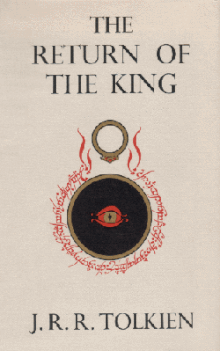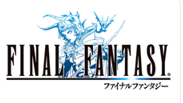
The final installment of author J.R.R. Tolkien’s Lord of the
Rings trilogy opens with wizard Gandalf and hobbit Pippin riding the former’s
horse Shadowfax into the city of Minas Tirith in Gondor, meeting the Steward of
the High King, Denethor son of Ecthelion. Mordor has decimated other cities in
Gondor, with the forthcoming night predicted to be the city’s last. Meanwhile,
the hobbit Merry rides with the remnants of the scattered Fellowship of the
Ring, including the human ranger Aragorn, elf Legolas, and dwarf Gimli, with
the company venturing to the Gate of the Dead in the Haunted Mountain.
Mordor’s siege of Gondor ultimately commences, with the Lord of the Nazgûl, the
nine former humans who surrendered to the will of Sauron when given their
respective rings, showing himself on the frontlines. Aragon then enters the
battle, with the armies of the West soon assembling at the gate into Mordor,
when the Eagles come. As this is occurring, Sam spies on the orcs for his
captured master, Frodo, after which they make their way to Mount Doom to send
the One Ring into its lava. A final conflict with Gollum decides the fate of
the Ring, after which the Eagles come to their rescue.
Most of the former Fellowship ultimately reunites, and the hobbits make their
way homeward, where conflict arises in the Shire thanks to an individual terming
himself Sharkey. Overall, the final book of the trilogy is, like its
predecessors, mostly enjoyable and straightforward, and while some have
protested the alleged plot hole of the Eagles potentially aiding in the return
of the One Ring to Mordor, it wouldn’t have been that easy due to the potential
corruption of the avians by the Ring. After the main narrative text come
several appendices giving insight into the lore of Middle-earth, which is
welcome.







